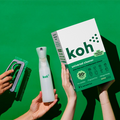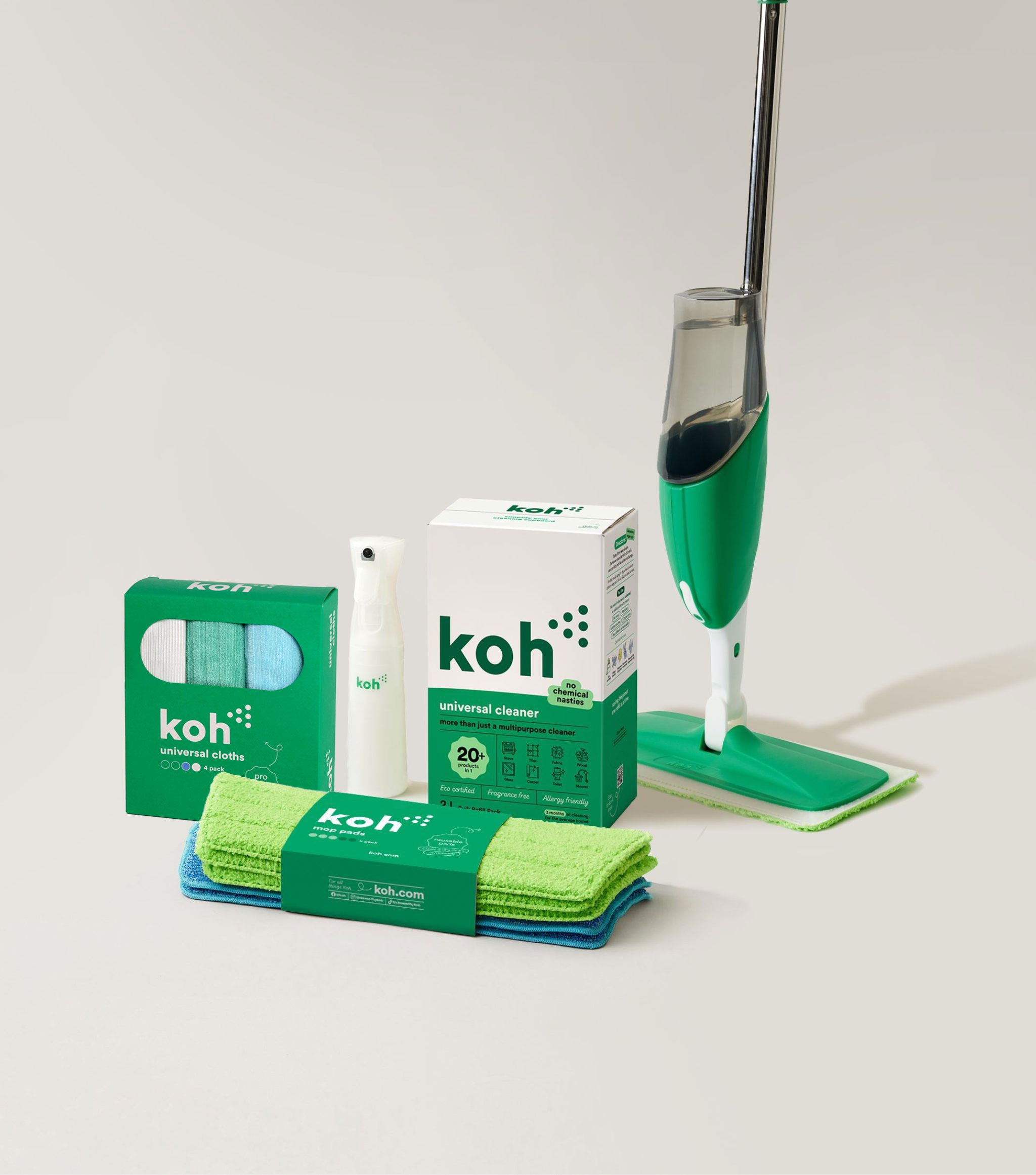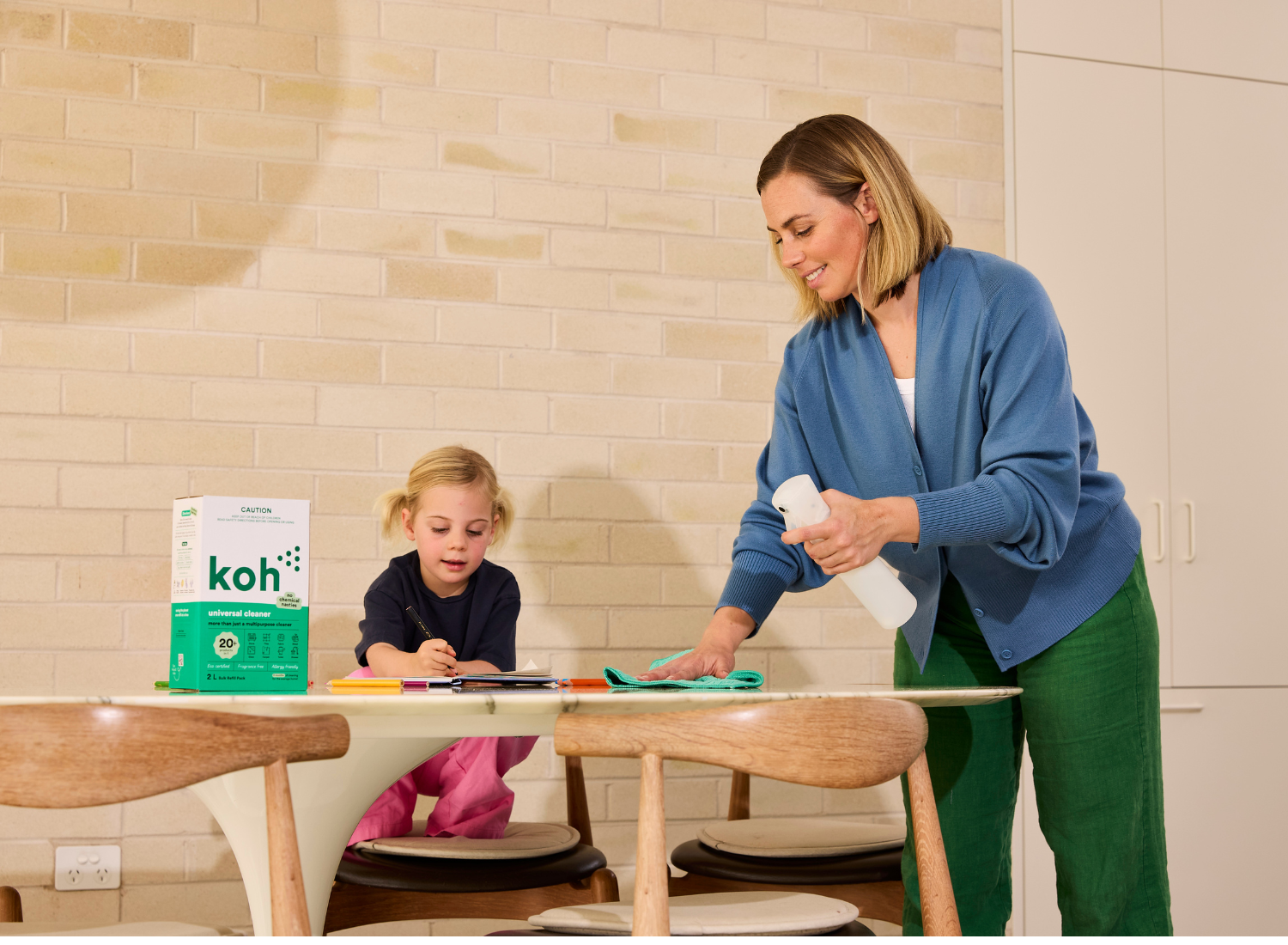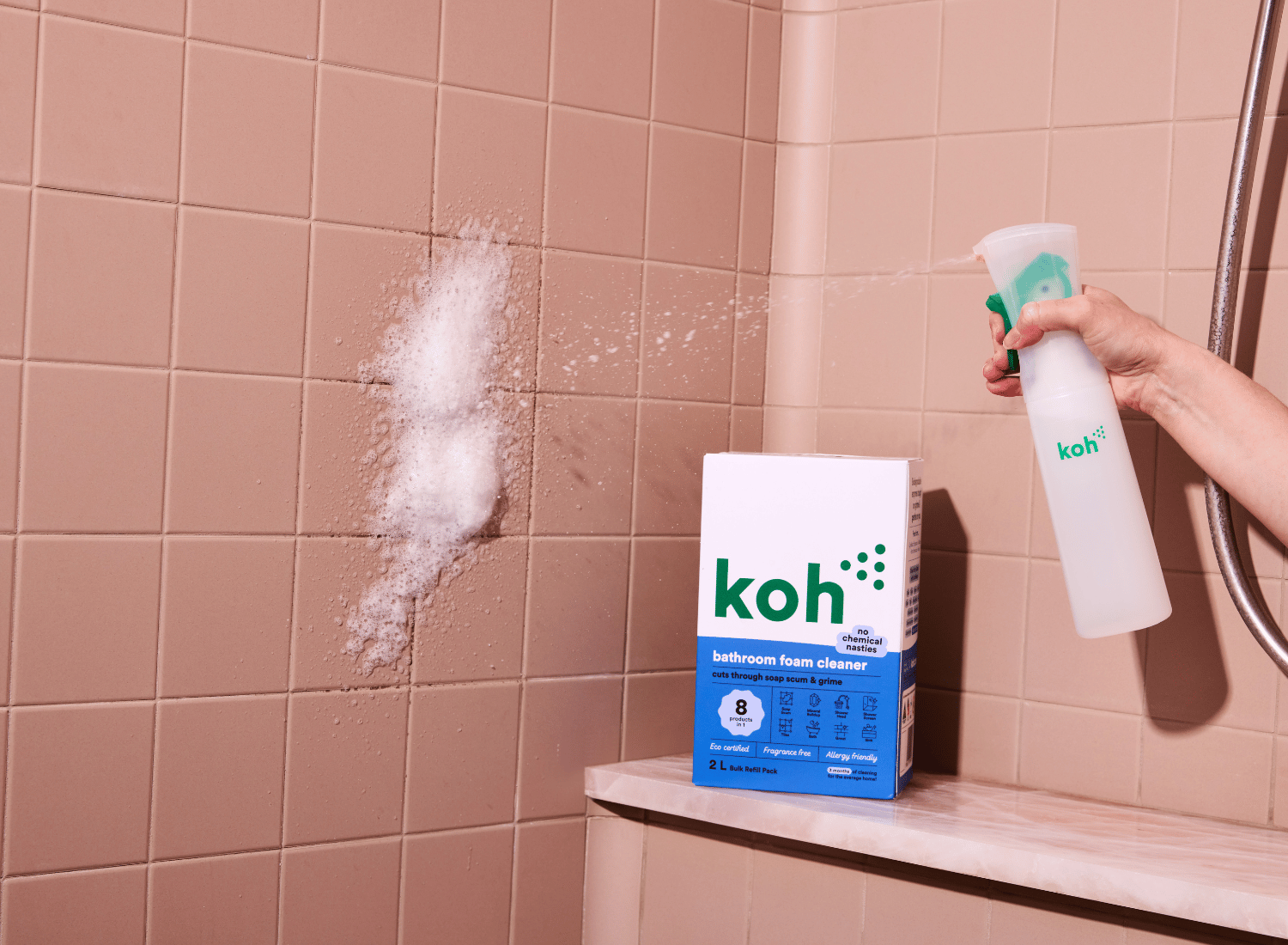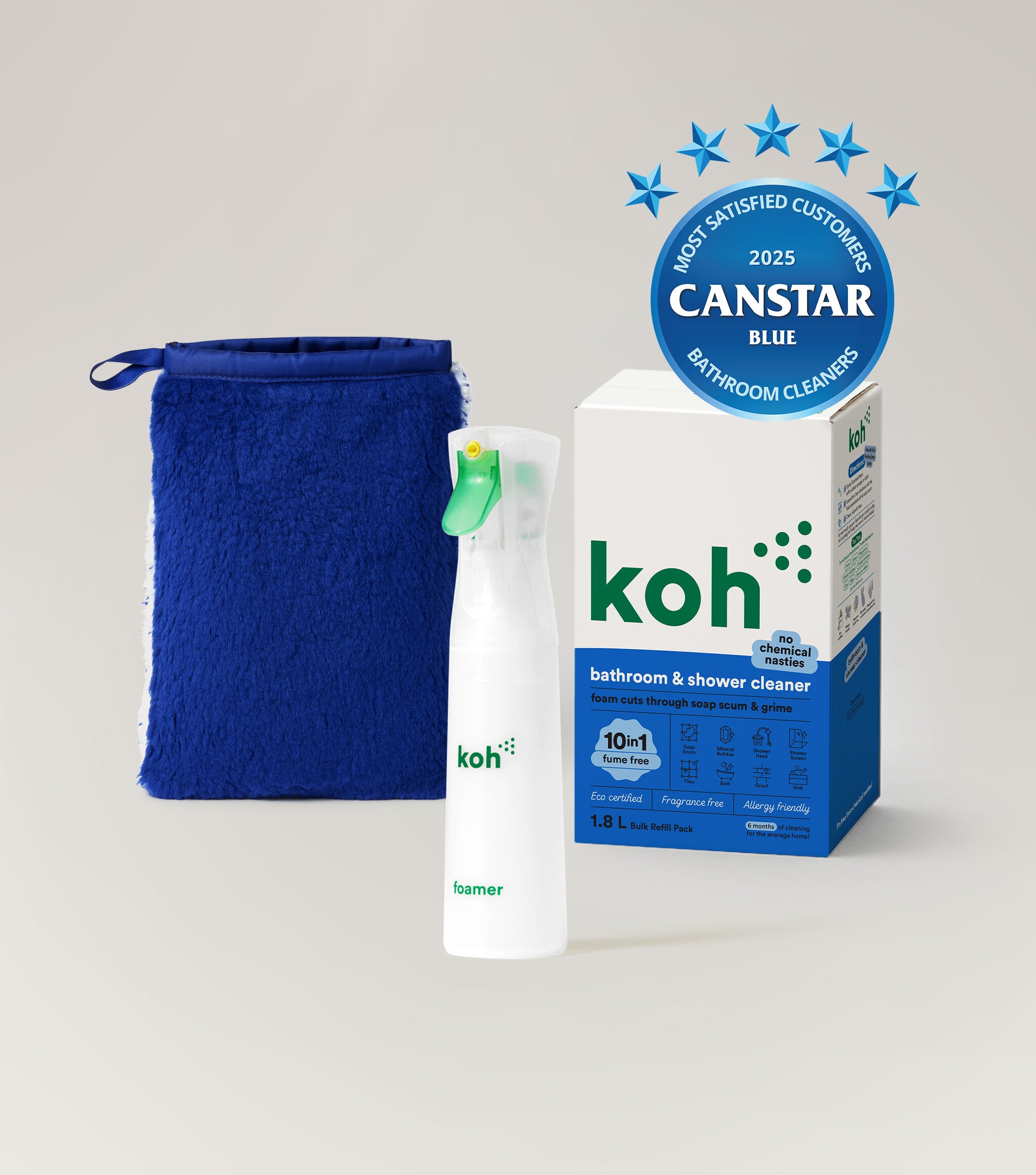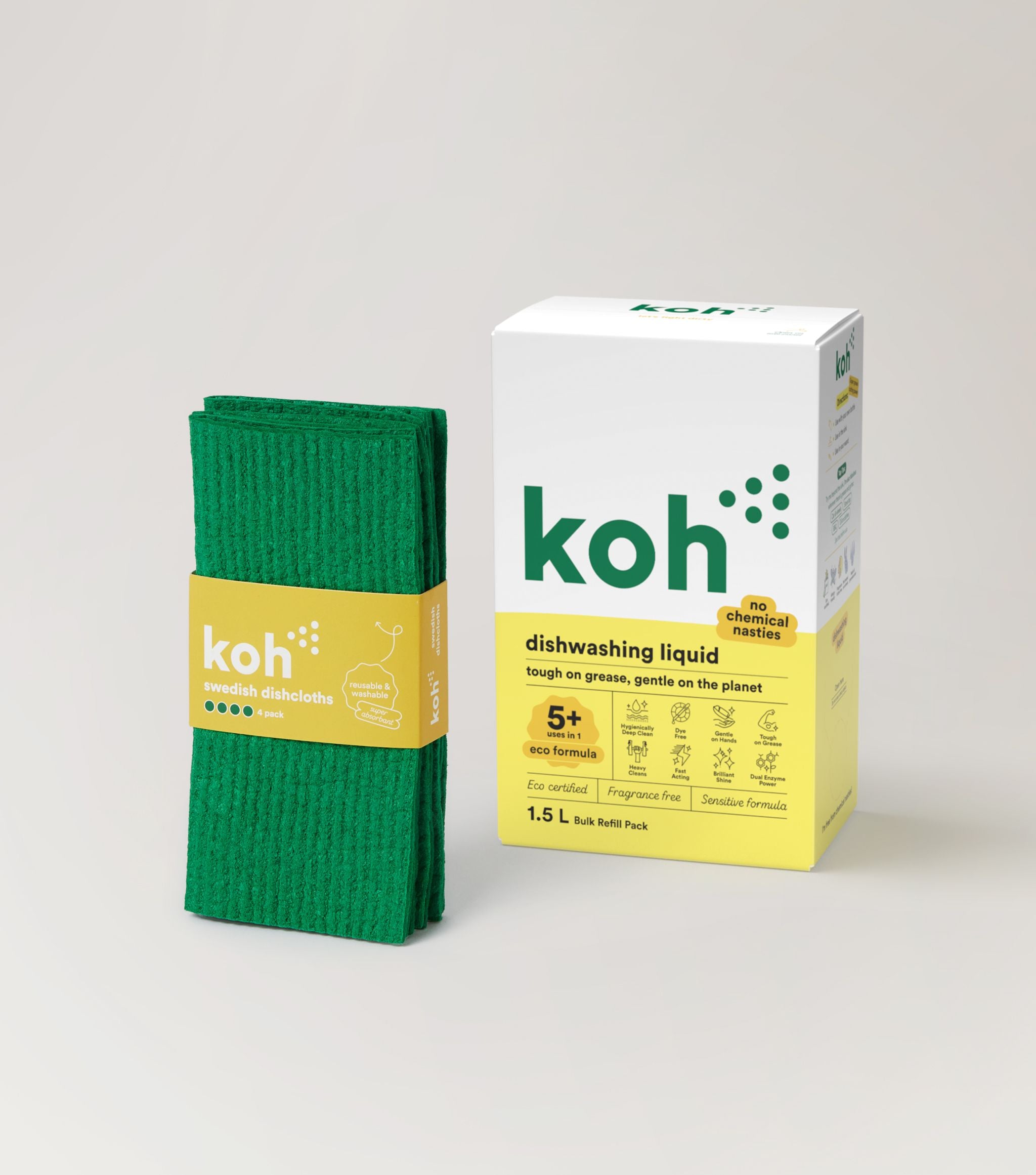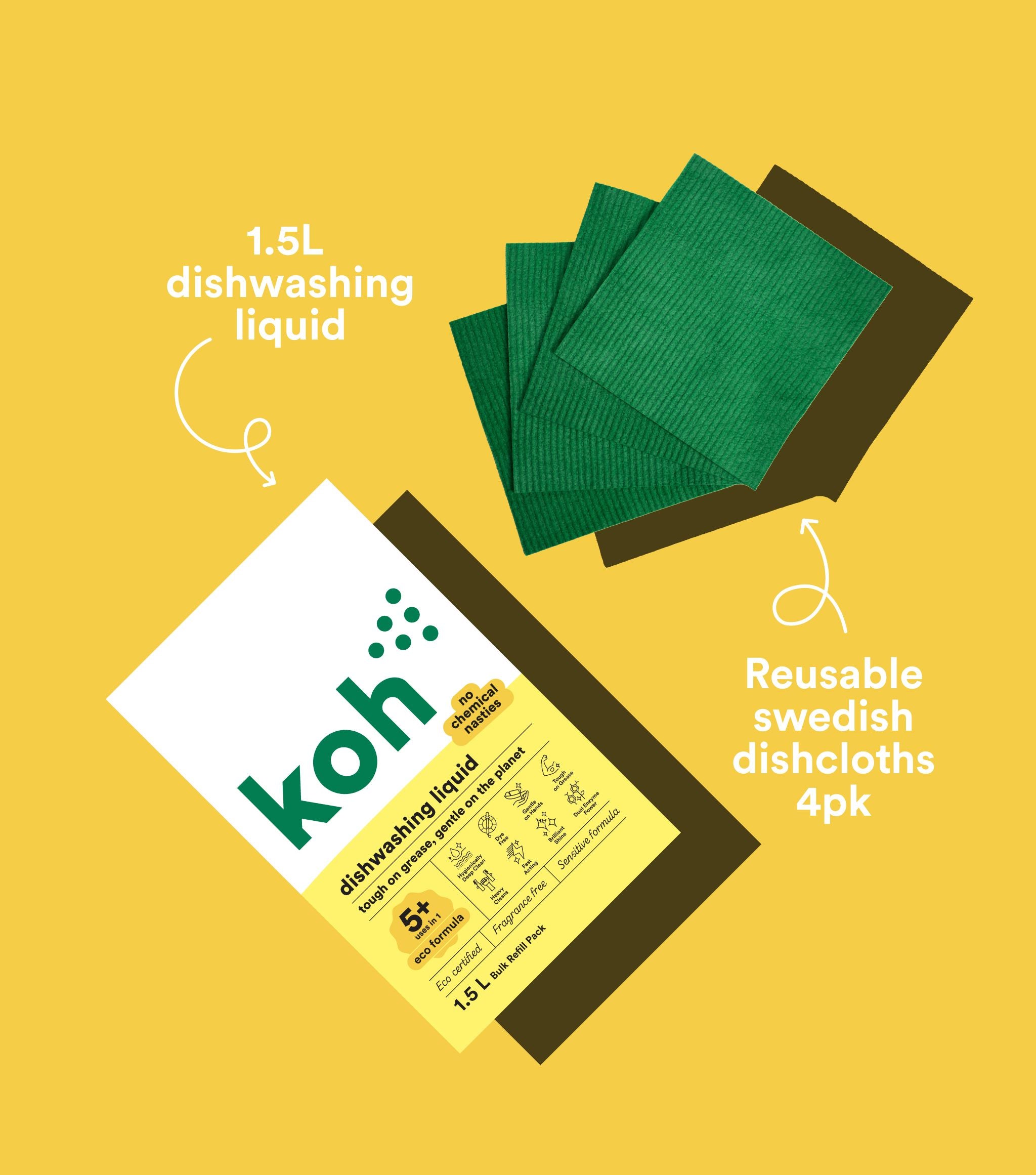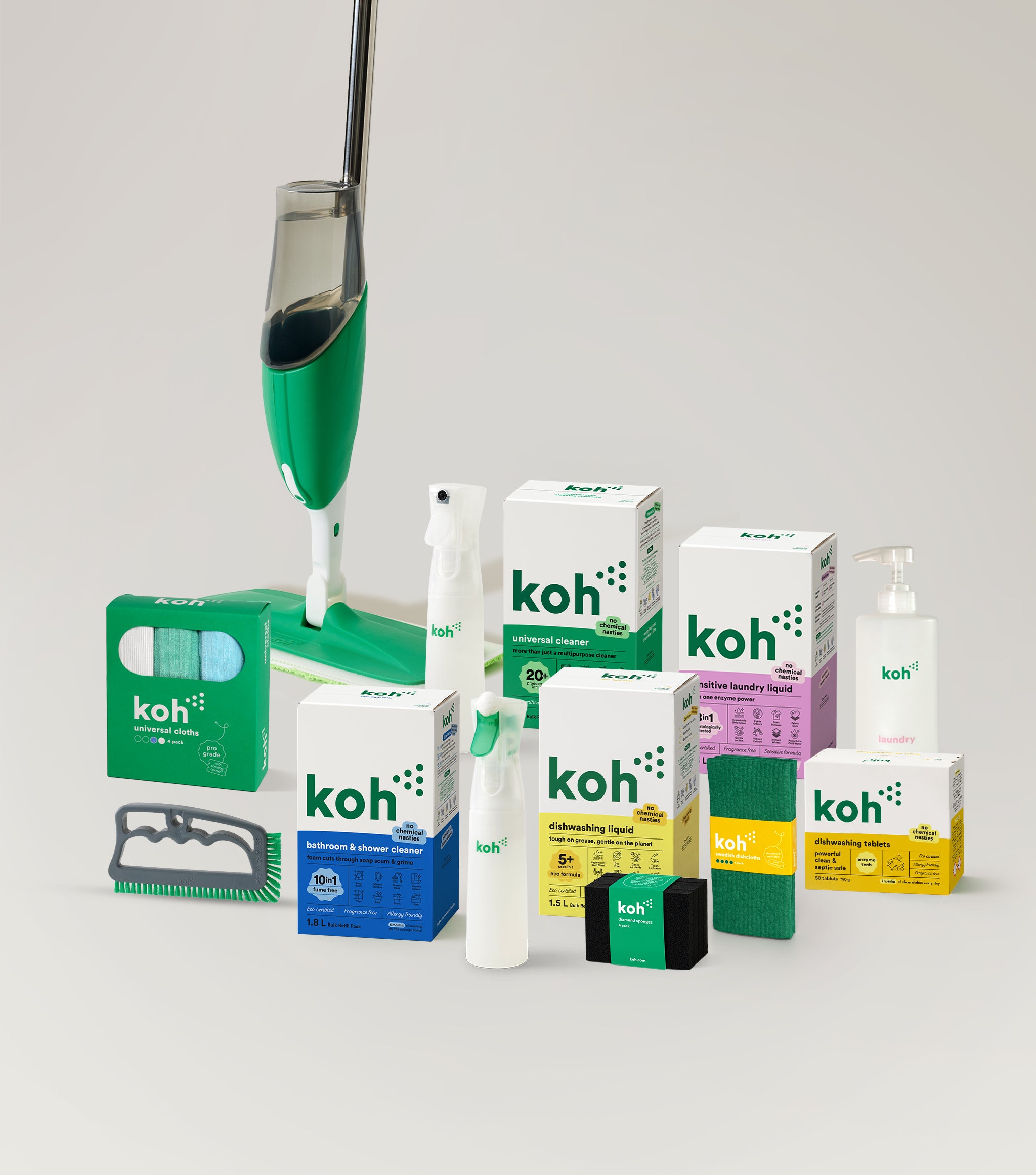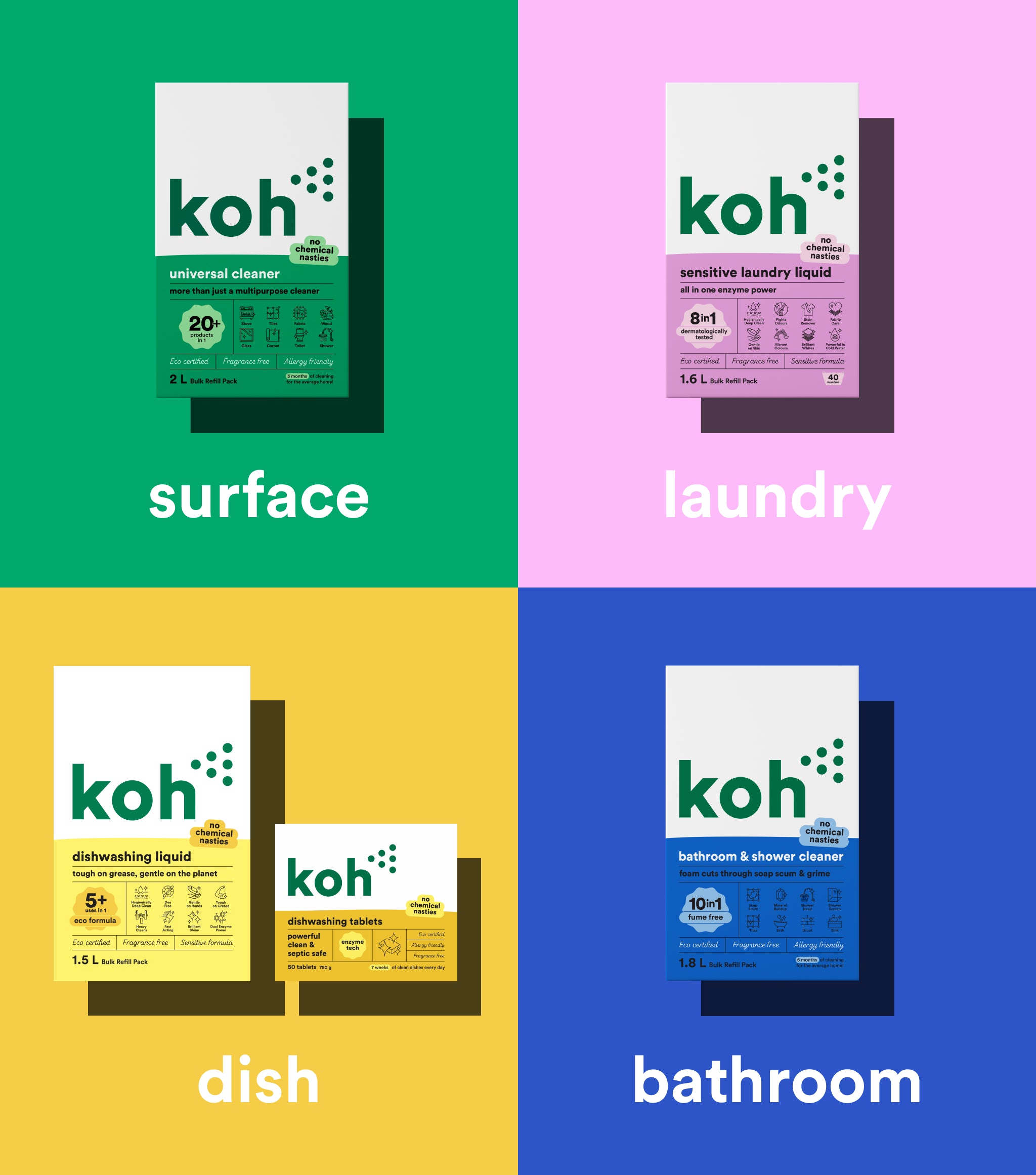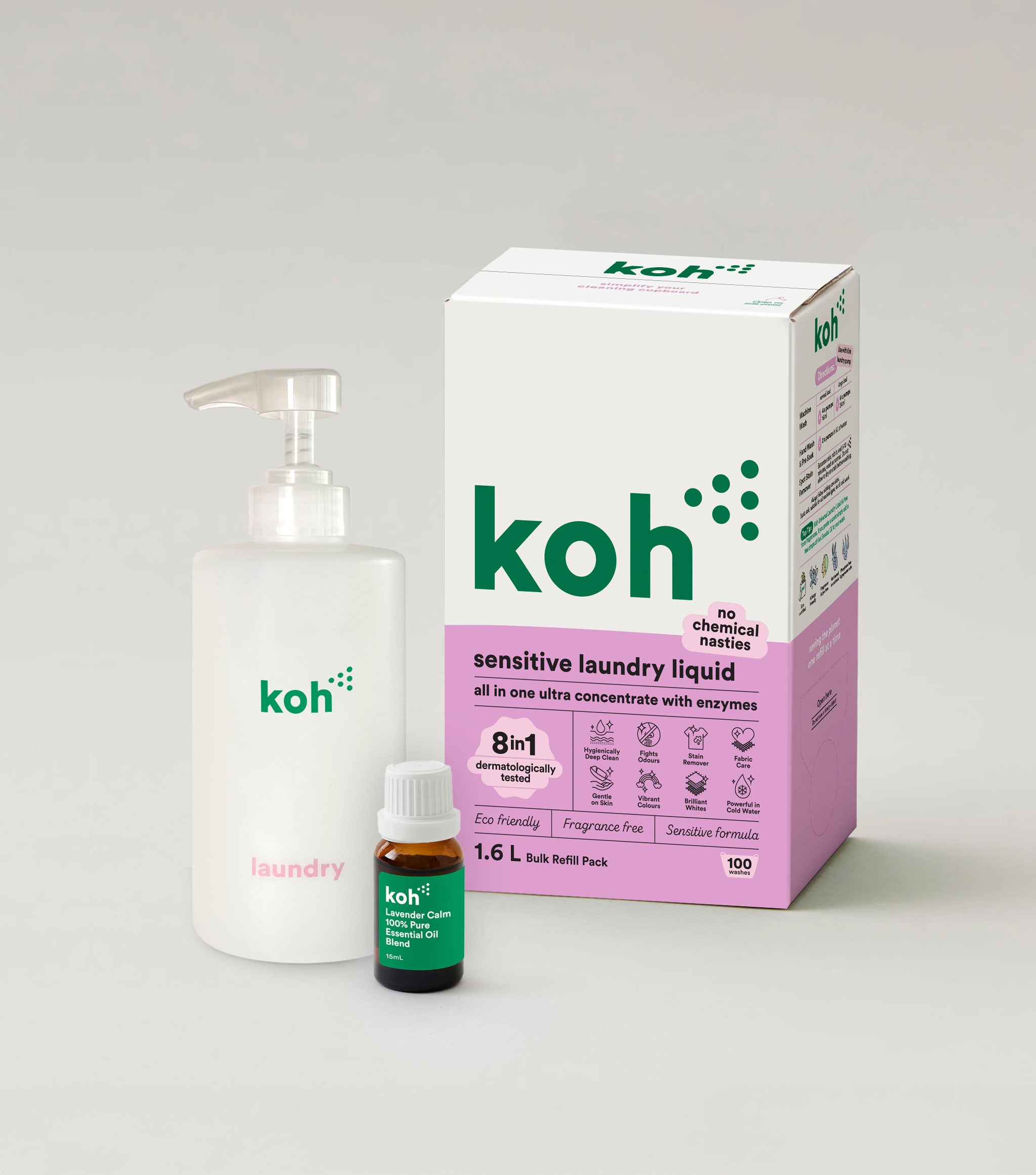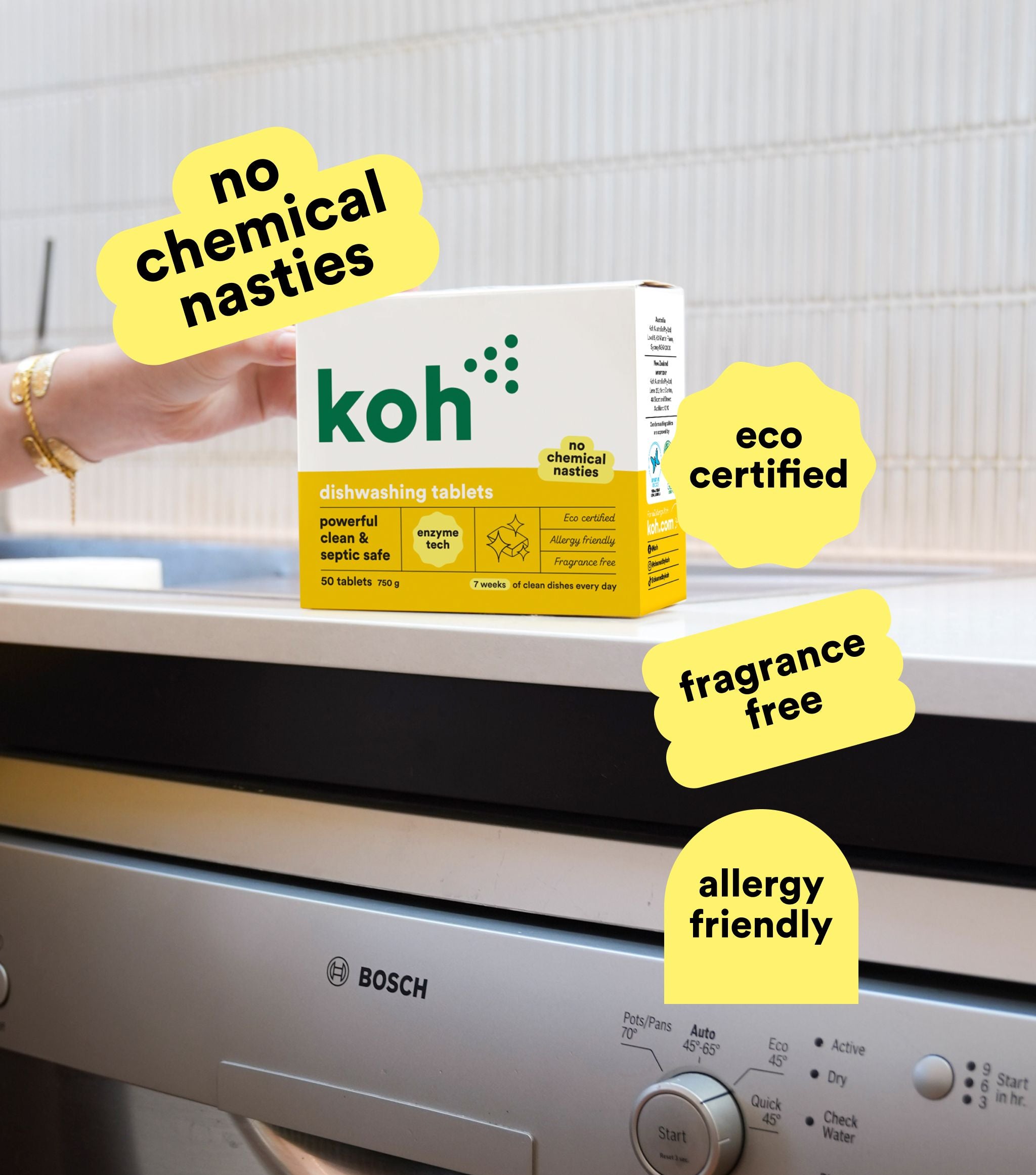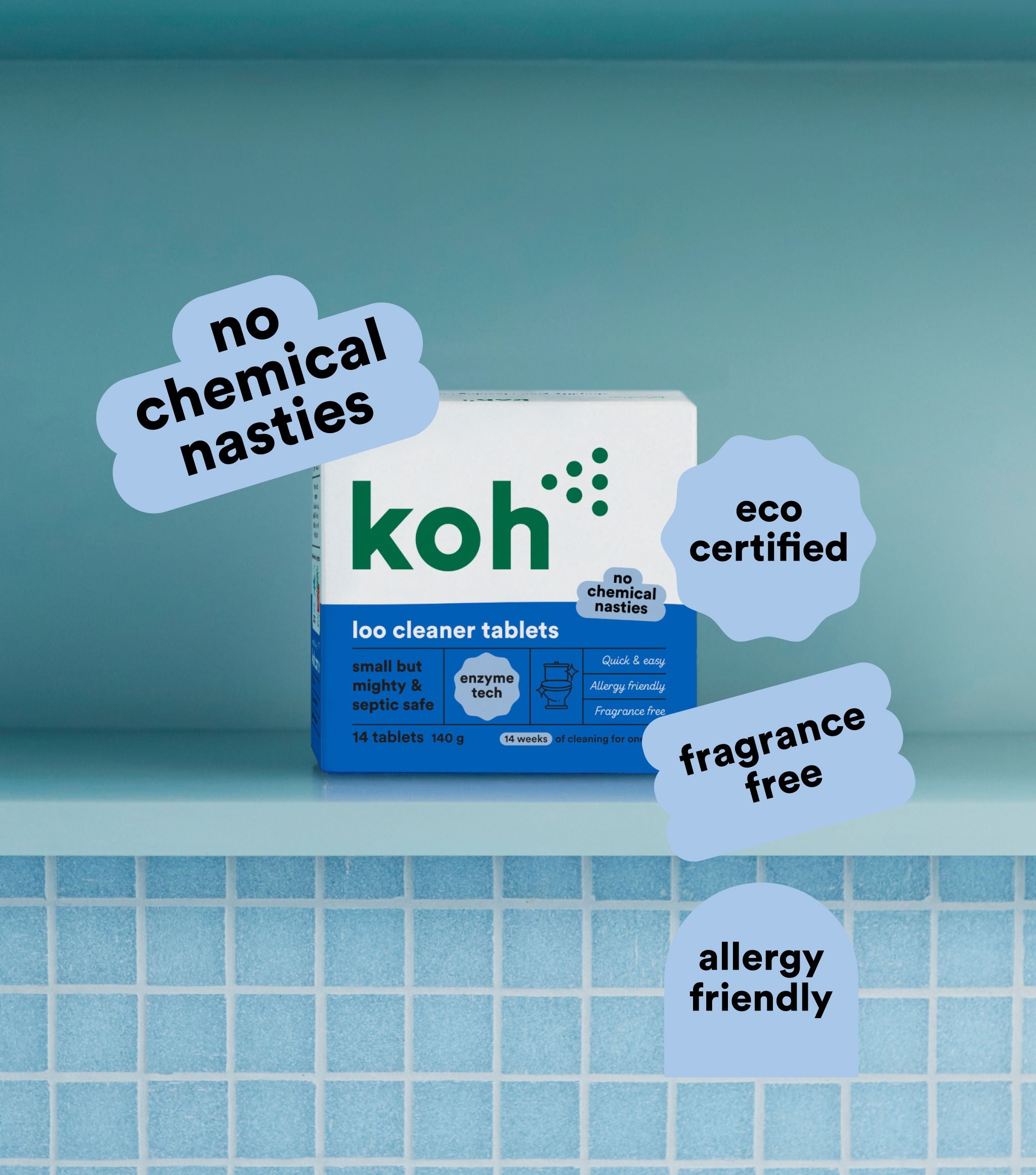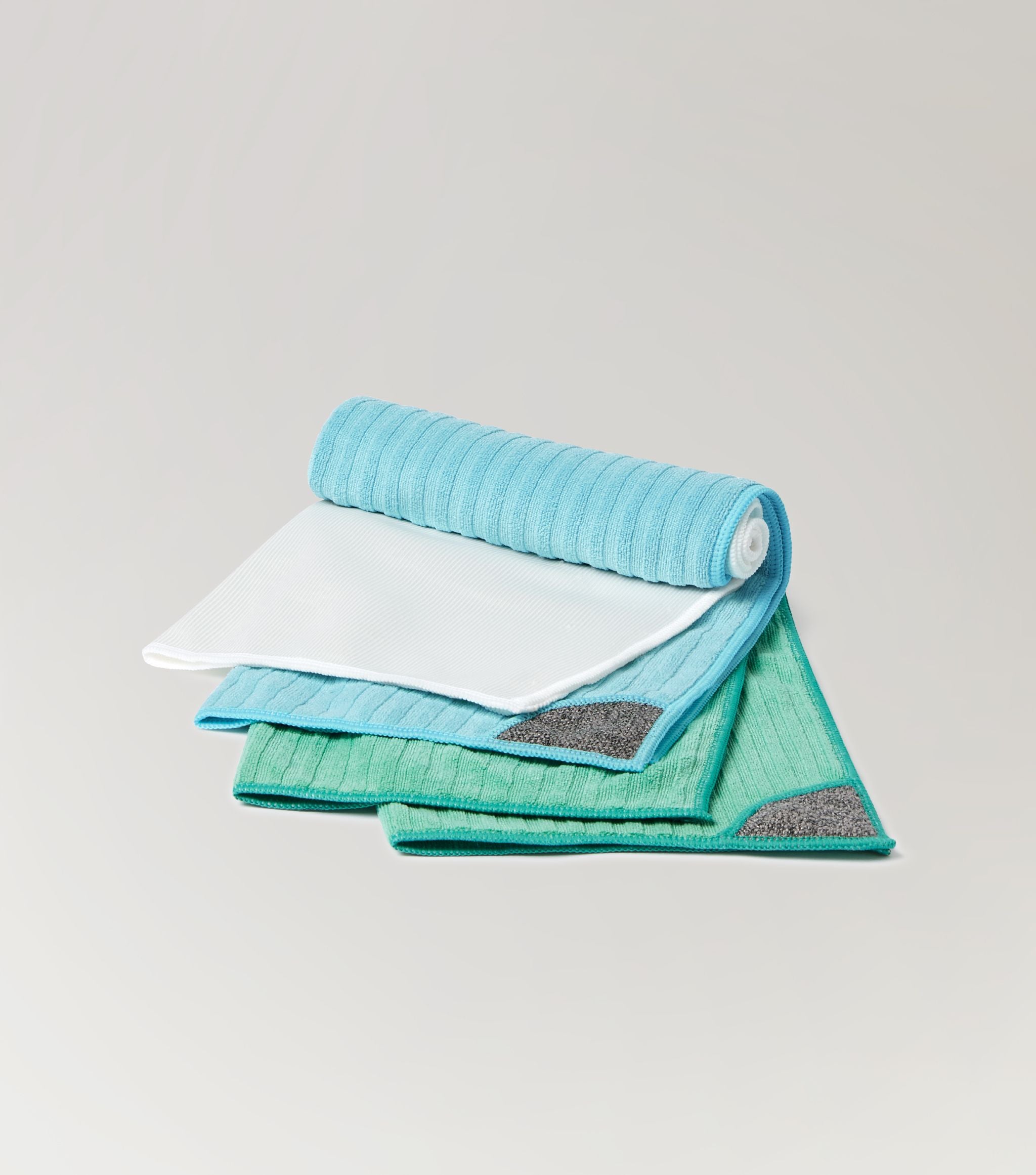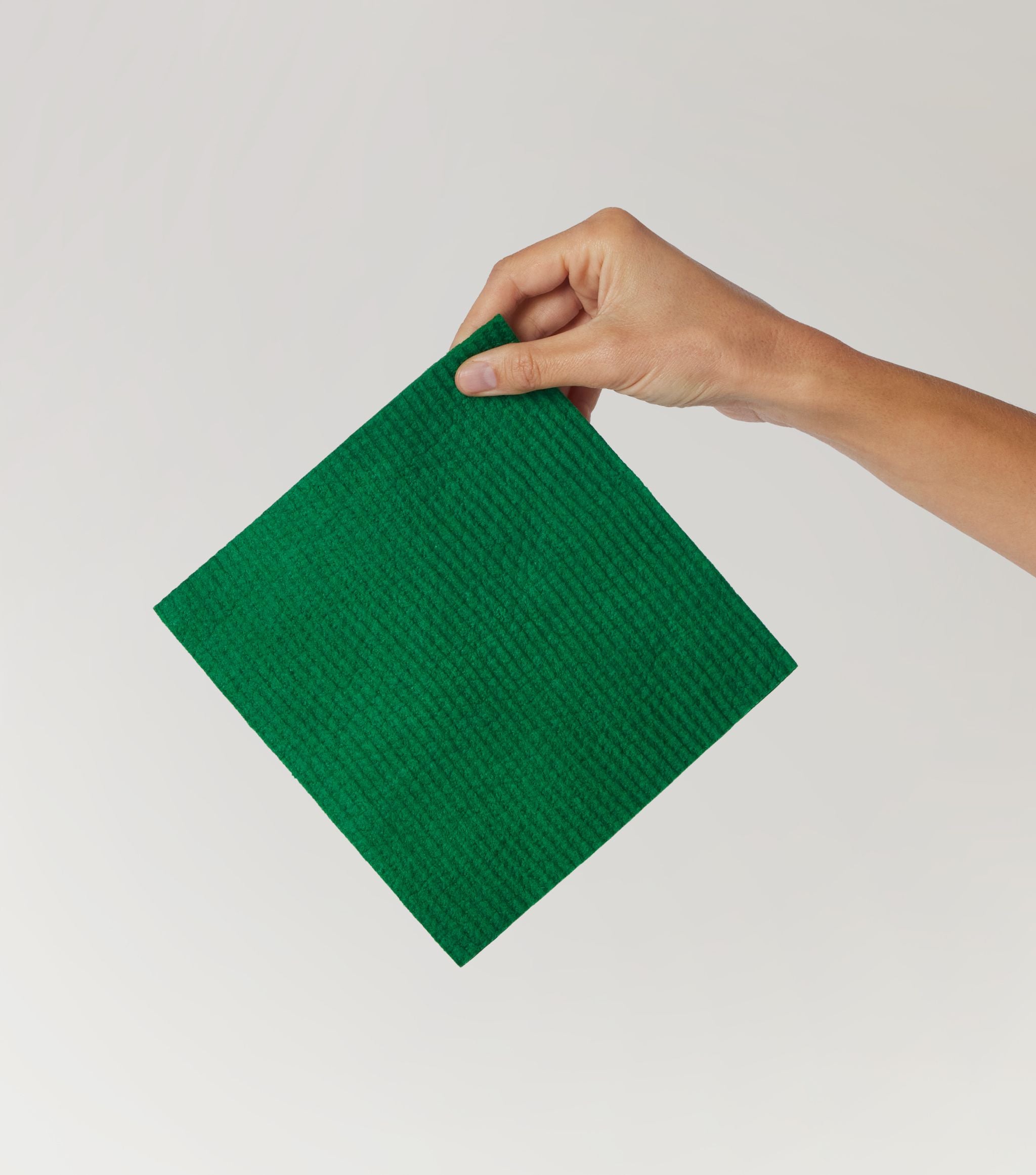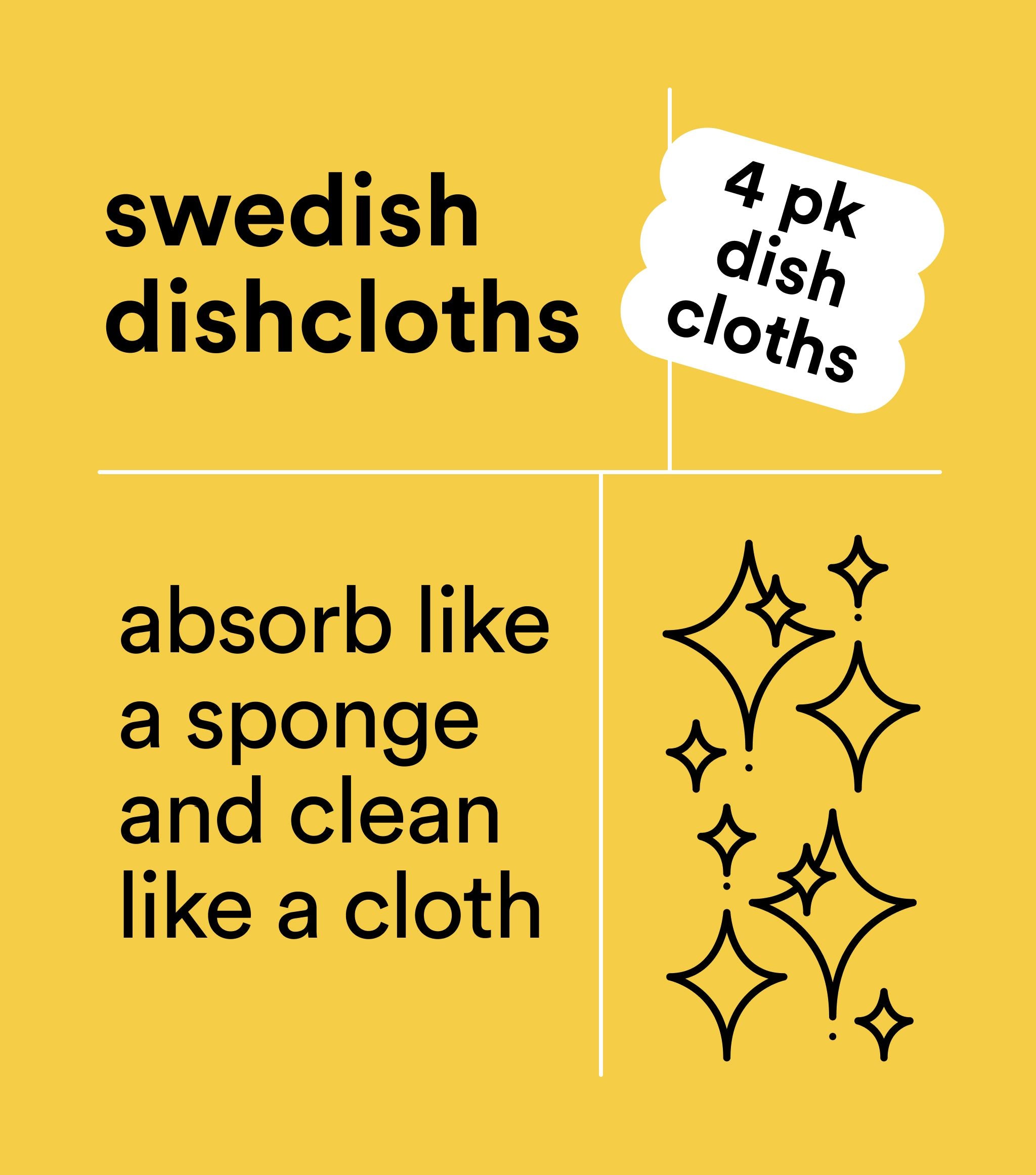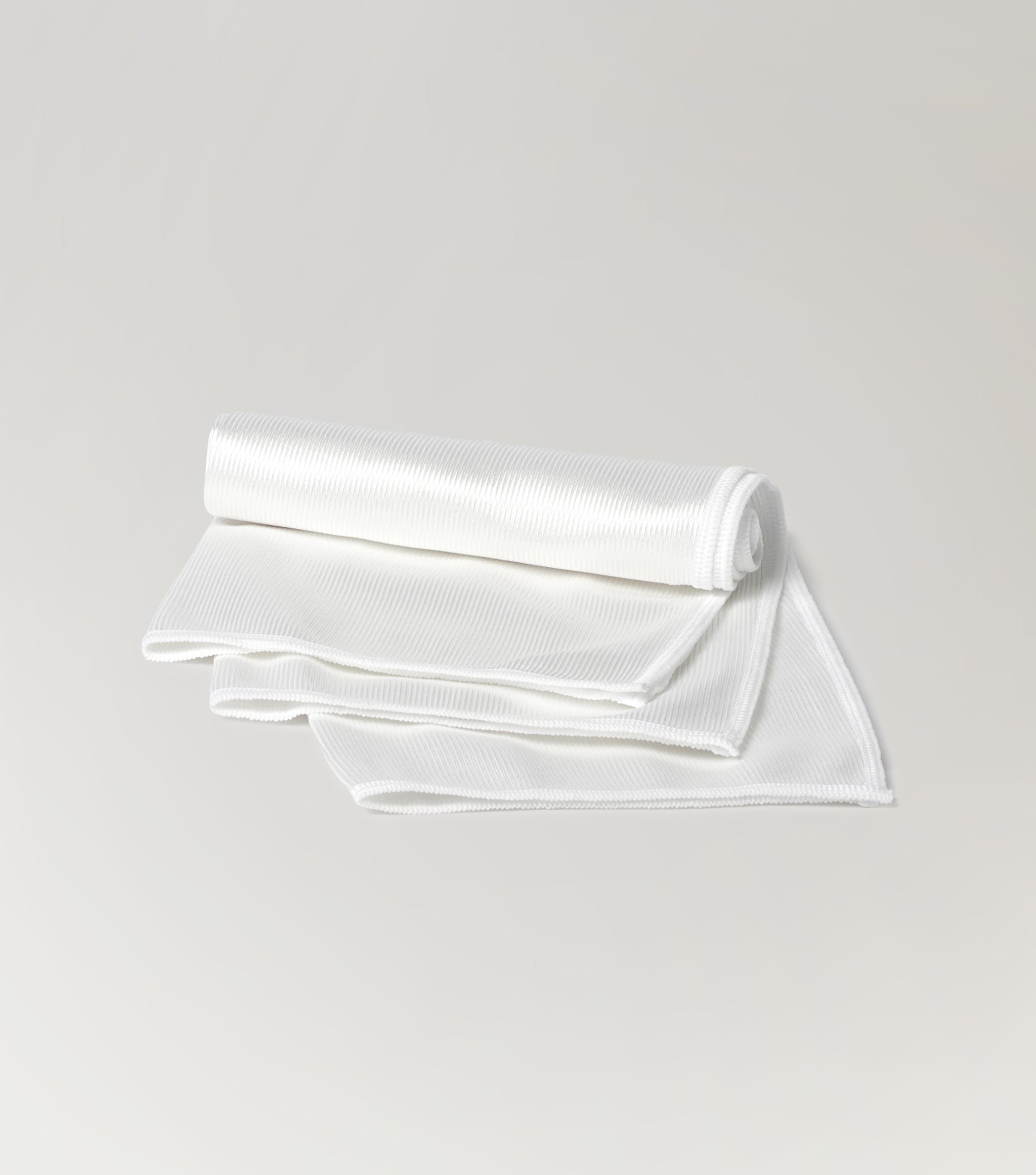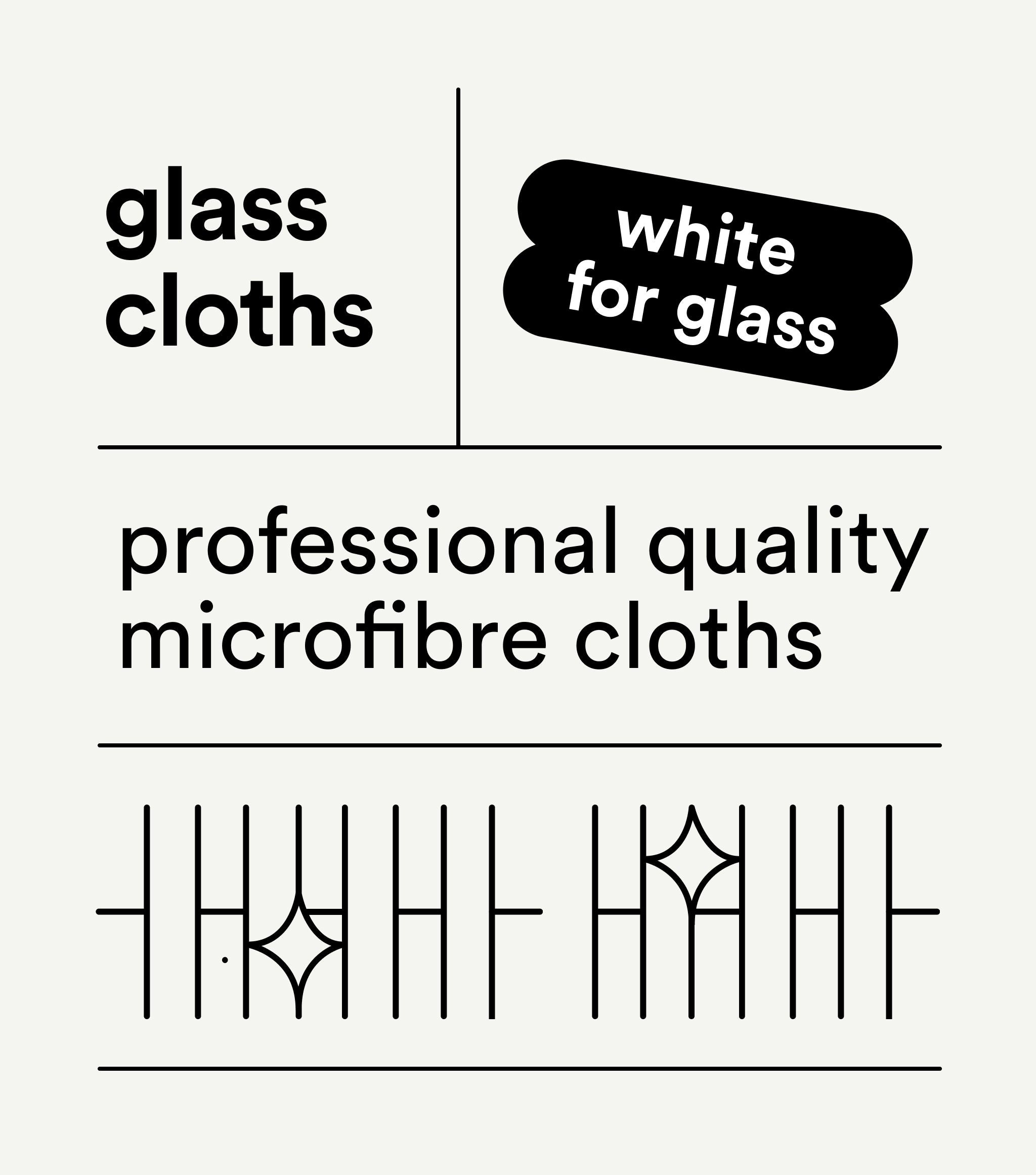Phthalates are a group of chemical compounds commonly used to increase the flexibility and durability of plastics. Beyond their application in plastics, phthalates are prevalent in various everyday products, including personal care items, household goods, and notably, cleaning products. In these products, phthalates often serve as solvents and are integral components of synthetic fragrances.
Phthalates in Cleaning Products
In the realm of cleaning products, phthalates are frequently utilised to prolong the longevity of scents, acting as fixatives that help fragrances adhere to surfaces and persist over time. This means that products like air fresheners, detergents, and cleaners may contain phthalates, even if they are not explicitly listed on the label. The term "fragrance" or "parfum" on an ingredient list can be a catch-all for numerous undisclosed chemicals, including phthalates. This lack of transparency makes it challenging for consumers to identify and avoid these compounds.
Health Implications of Phthalate Exposure
1. Endocrine Disruption
Phthalates are well-known endocrine disruptors, meaning they can interfere with the body’s hormone system. This interference has been linked to reproductive issues, developmental problems, and metabolic disorders.
2. Respiratory Issues
Inhalation of phthalate particles, especially from fragranced cleaning products, can exacerbate asthma and other respiratory conditions. This makes phthalates particularly concerning for individuals with pre-existing respiratory issues.
3. Potential Cancer Risk
Emerging research suggests that certain phthalates, particularly DEHP (diethylhexyl phthalate) and DBP (dibutyl phthalate), may have carcinogenic effects:
- Animal Studies: High doses of DEHP and DBP have been shown to cause tumors in the liver and kidneys of rodents.
- Human Evidence: While studies in humans remain limited and inconclusive, some suggest a potential link between phthalates and hormone-sensitive cancers, such as breast or testicular cancer.
- Regulatory Stance: Agencies like California's Proposition 65 and the European Chemicals Agency (ECHA) list DEHP and DBP as substances that may cause cancer. Although not all phthalates are classified as carcinogens, this reinforces the need for caution when it comes to products containing these chemicals.
4. Allergic Reactions
Fragrances containing phthalates are one of the leading causes of allergic reactions, triggering symptoms like skin irritation, headaches, and sinus issues.
5. Indoor Air Pollution
When phthalates in fragrances are released into the air, they don’t just disappear—they linger. These chemicals contribute to indoor air pollution and can react with other substances to form secondary pollutants, such as formaldehyde, a known carcinogen. Regular use of fragranced cleaning products can have a cumulative effect, reducing air quality in your home.
Phthalates in Other Common Products
Beyond cleaning products, phthalates are found in:
- Personal Care Items: Shampoos, lotions, and cosmetics often contain phthalates to stabilise fragrances and improve product flexibility.
- Household Goods: Vinyl flooring, shower curtains, and plastic containers may contain phthalates to increase pliability.
- Perfumes and Candles: Phthalates are used to prolong the scent duration in perfumes and scented candles, contributing to indoor air pollution.
Reducing Phthalate Exposure
The good news is that there are steps you can take to reduce your exposure to phthalates and protect your health:
-
Choose Fragrance-Free Products
Opt for cleaning and personal care products labeled as “fragrance-free.” Be cautious of products labeled “unscented,” as these can still contain masking fragrances. -
Look for Certified Safer Alternatives
Choose products approved by trusted organisations like Sensitive Choice or certified by those with eco-labels like GECA (Good Environmental Choice Australia), as these products are specifically tested for safety and reduced chemical exposure. -
Avoid Plastic Products Containing Phthalates
Choose phthalate-free plastics, especially for food storage or items that come into contact with children. -
Educate Yourself
Understanding ingredient labels and researching products can empower you to make informed choices that minimise health risks.
Why Koh Is a Safer Choice
At Koh, we are committed to creating cleaning products that are effective without compromising your health. None of our products contain hidden fragrances or phthalates, giving you peace of mind with every clean. Our solutions are approved by trusted organisations like Sensitive Choice & GECA, ensuring they meet rigorous safety standards for individuals with asthma, allergies, or chemical sensitivities.
Key Takeaways
- Hidden Risks in Fragrances: Phthalates are often hidden in products under the term "fragrance" and can pose serious health risks, including endocrine disruption, respiratory issues, and even potential links to cancer.
- Caution with Everyday Products: Phthalates are not just in cleaning products but also in personal care items, household goods, and candles, contributing to cumulative exposure.
- Koh’s Commitment to Safety: Koh products are free from phthalates, fragrances, and harsh chemicals, providing a safer choice for your home and family.
Final Thoughts
Phthalates are a hidden threat in many common household products. By choosing fragrance-free, certified alternatives like Koh, you can significantly reduce your exposure to these harmful chemicals and create a healthier environment for your family. Take a proactive step today and make the switch to a safer clean.





